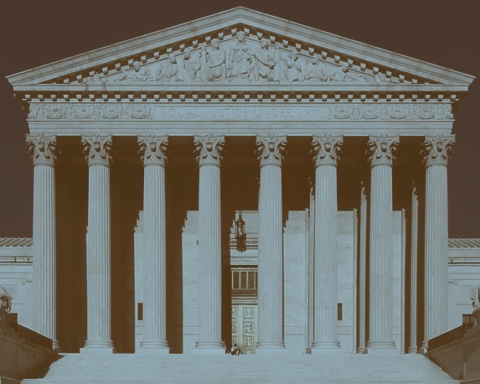Millions of Americans with medical debt are being treated unfairly by credit ratings agencies, and subsequently have their livelihoods hindered, according to a government report published Thursday.
The Consumer Financial Protection Bureau (CFPB) blamed “complexity” and a “lack of transparency” for the growing prevalence of medical debt, which now accounts for more than half of all individual obligations reported to national credit ratings agencies.
The bureau also found that 20 percent of those with a credit score, or 43 million Americans, have some sort of medical debt dragging it down, and that 15 million of those reports list medical debt as the only type outstanding claim.
The trend has allegedly resulted in inaccurate reporting on credit delinquency. Unlike other forms of debt, medical debt is not reflective of an individual’s overall creditworthiness, the CFPB says. They note that “a large portion of consumers with medical debts in collections show no other evidence of financial distress and are consumers who ordinarily pay their other financial obligations on time. “Often after undergoing a medical procedure, consumers are rapped in a complex maze of hospitals, insurance companies, and debt collectors.
“The medical pricing, billing, and reimbursement process often lacks transparency and may engender consumer confusion or uncertainty,” the bureau said.
“Unlike credit cards, installment loans, utilities, or wireless or cable service that have contractual account disclosures describing terms and conditions of use, most often consumers are not told the costs of medical services in advance,” it also stated—a scenario that is particularly pertinent to individuals who need emergency medical services.
After a procedure, the total amount owed is dependent on a number of factors affecting the healthcare provider or hospital and the insurance company. Then, there is an often equally confusing reimbursement phase, which depends on notoriously opaque insurance company policies and practices. All of this leaves consumers more likely to incur debt without their knowledge.
It also breeds a lot of customer complaints. The CFPB found that consumers with medical debt “were more than twice as likely” to claim they had already paid the debt. They were also more likely to claim that they were “not given enough information” about the debt, or that a collector was trying to exact the wrong amount.
Behind the complaints, the CFPB found that those who are flagged by credit reports for medical debts only “owe less, have more available credit which they could use to repay their debt, and are more reliable. “However, credit ratings agencies treat these debtors the same as everyone else.
“As a result, credit scores can have underestimated the creditworthiness (overestimated the credit risk) of some consumers with certain accounts in collections,” the bureau said.
An unpaid debt of more than $100 could knock as many as 100 points off an individual’s credit score, leaving them facing higher interest rates or unable to collect loans in the future.
The CFPB pointed to recent moves by one credit ratings agency to differentiate medical collections and non-medical collections. Other agencies are now disregarding collections of less than $100 from their credit calculations.
In the meantime, the CFPB believed the best way to assist consumers is to lecture them. The bureau included a handy “tip sheet” along with their report, which advises individuals to, among other things, “review medical bills carefully” and to refrain from paying them with a credit card.
Medical debt has been a contentious issue for years. More than half of all bankruptcies in the United States are a result of unpaid medical bills. The financial distress that comes with being sick highlights the jagged edges of the nation’s for-profit health care system, which relies on private insurance companies to oversee care and services.
The lingering effects that even small, unpaid medical bills have on an individuals’ credit score long after a procedure, however, are less discussed. But they’re also difficult to address given the myriad debt collectors and credit ratings agencies that play a role in determining a consumer’s credit score.
Read the full report here.






